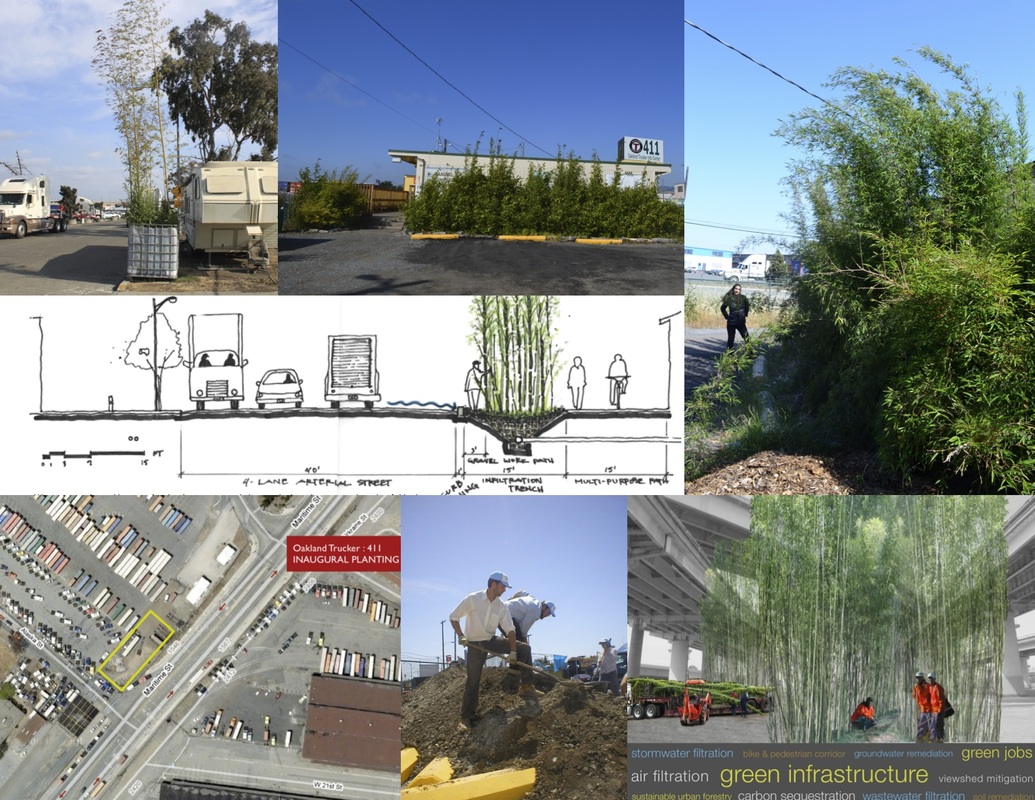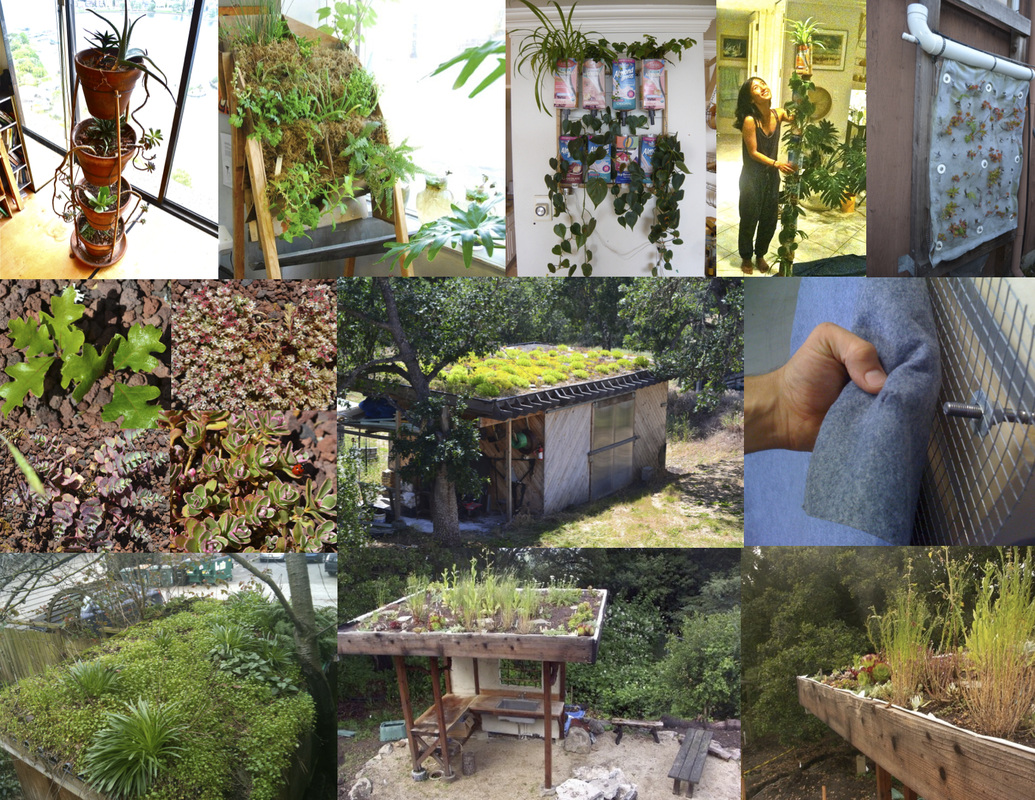Humankind has not woven the web of life, we are but one thread within it. Whatever we do to the thread we do to ourselves. All things are bound together. All things connect. - Chief Seattle
The first law of ecology is that everything is related to everything else.
- Barry Commoner
As a student of environmental science I began to feel embittered by the extent of destruction that humankind had perpetrated against life. Then I read an article about the Arcata Marsh. I discovered that human infrastructure is not intrinsically destructive. With the proper intention and a good deal of collaboration humans could develop in a mutually beneficial relationship with natural systems. This discovery has incalculably shaped the course of my academic and professional work. The images below are a sampling of some works that I have schemed.
The first law of ecology is that everything is related to everything else.
- Barry Commoner
As a student of environmental science I began to feel embittered by the extent of destruction that humankind had perpetrated against life. Then I read an article about the Arcata Marsh. I discovered that human infrastructure is not intrinsically destructive. With the proper intention and a good deal of collaboration humans could develop in a mutually beneficial relationship with natural systems. This discovery has incalculably shaped the course of my academic and professional work. The images below are a sampling of some works that I have schemed.
The vertical raingarden stores and weeps stormwater into a soil based planted substrate over a period of days mimicking how a duffy forest soil slows, sinks and spreads water replenishing the groundwater instead of running off the surface causing soil loss, erosion and sedimentation in creeks and rivers. Exit the drain-age; enter the retain-age. A human powered pumping system pumps overflow rainwater from the raintank to the garden in the dry season.
The Urban Biofilter uses bamboo as a pioneer species to generate an industrial ecosystem. Not a metaphorical ecosystem, a literal ecosystem. The residential and social spaces around the port of Oakland can feel like the most apocalyptic of wastelands. Local environmental justice efforts routinely measure record air and water pollution levels. We chose to work with bamboo for its vigor, ability to settle suspended particulate, levels of oxygen production and nutrient attenuation capacity. We worked primarily with the independent truckers union, OT 411, to landscape their open spaces and treat wastewater runoff. I helped launch Urban Biofilter as an Oakland based non-profit fiscally sponsored by the Earth Island Institute.
Bamboo, the most used plant in the world. Food, fuel, fiber, by some metrics stronger than steel and the fastest growing plant in the world. Native to every continent but antarctica, yet until recently at least, hardly used in the west. In studying with green architect Darrel Deboer and innovator Leimana Pelton I have grown fond of growing and working with this incredible grass. The pictures above illustrate some of my bamboo tinkerings.
No one living hyper-locally is going to destroy their environment. They are going to evolve habits that generate abundance, out of necessity. No wonder then that the most globalized locales tend to have the most obliterated environments. Permaculture as a design methodology developed from observing people who have continuously lived in the same environment for thousands of years. I was lucky to have studied permaculture with its founder Bill Mollison. In my home(s) and in my work I have been blessed to help create some of these agro-ecosystems, food forests, urban farms etc. Above are some glimpses of this world.
The goal was a prototype for sustainable urban living. This was our entry for a design competition entitled Re:Vision Dallas. Our proposal featured rooftop agriculture, a native fish hatchery and a hybrid sewage treatment plant - flower farm.
Are cities intrinsically anti-environmental? Not necessarily. Astonishingly, bird surveys have shown that Los Angeles County has the highest bird diversity in the U.S.A. My urban beekeeping friends proclaim that San Francisco has significantly more floral nectar than rural areas. Living roofs, living walls and their kin are a beautiful way to accentuate this trend. Above are some of my forays into this realm. Other benefits include, less degradation of roofing (ten fold increase in lifespan!), excellent thermal and acoustic properties, good neighbor relations, potential to increase food security, improved hydrology and therapeutic benefits (studies show patients in hospitals with views of greenery heal faster).


